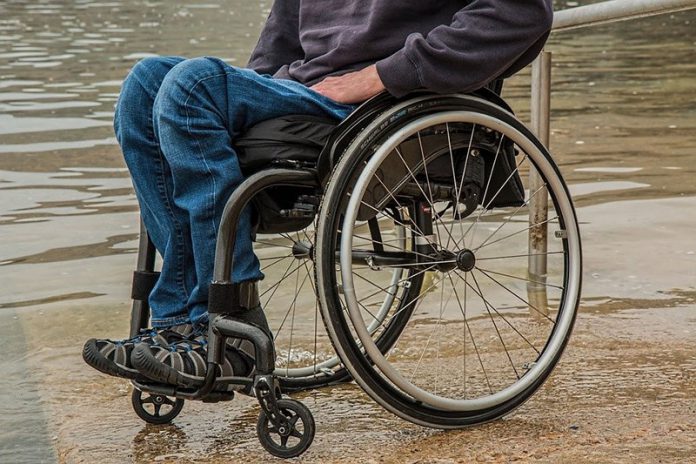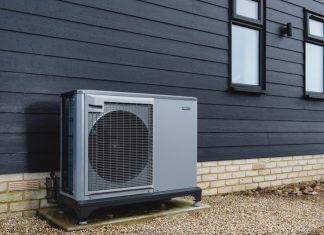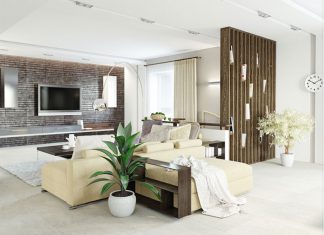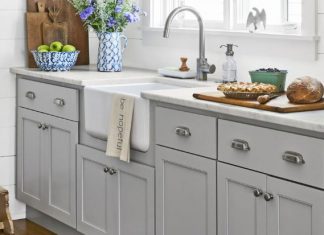A person’s health is of the utmost essential for him. Any illness can make you lazy and dependant on others. Most people take their health and wellness for granted as they can manage their work quickly and move around correctly that they don’t see that their health is a blessing for them.
What about those people who are physically-challenged and have difficulty in doing the simplest tasks? These people take life seriously and count their blessings every day. They would find it challenging to move around, even within their own homes. The most common things like stairs, doors, pathways, and corridors would seem like unfathomable obstacles. Their ability to maneuver themselves – both physically and psychologically – is impaired.
Fortunately, there are many solutions available to a physically impaired person to move within his house intelligently.
It is rather prudent to make necessary amendments within your home so that it remains safe and comfortable as ever while also offering the disabled person with the freedom of movement inside his home.
Below, we will discuss seven ways that will allow you to render your home handicap accessible:
1. Install Ramps
Stairs are not suitable for physically impaired persons, even if they do not use wheelchairs. Anyone with mobility issues would find it rather hard to mount stairs. The worst thing about the stairs is that they pose difficulty for disabled people.
If you live on the ground floor, you will still have at least a few steps leading towards the patio, a corridor, or the hallway. There are many different kinds of ramps available in the market that would prove to be extremely useful. With the help of a portable ramp, one can instantly change a pair of stairs into a very easily accessible entrance for anyone in a wheelchair or a scooter chair. Compared with stairs, it is much easier for ramps to accommodate transport chairs. There are several online options available to select the most suitable transport chair. For example, if you visit the roohome you will find some great options for yourself or someone in need.
2. Handrails
Physical impairment means that one is unable to balance himself properly. That results in decreased mobility and unwanted falls. That would also mean that such a person would require assistance for carrying out simple acts like getting inside or getting out of chairs, lying down on the bed, or going to the washroom. If there are handrails available in all these areas, they will provide much-needed support and decrease dependency on others.
3. Replace Door Knobs With Push Bars/ Pull Bars
Doorknobs are available in a variety of sizes, colors, and shapes. A few of them are hard to use. It is much better to get rid of these doorknobs for good. Use pull/push bars instead. Automatic sliding doors are even better if you want to increase your home’s accessibility.
4. Upgrade The Bathroom
For a disabled person, using the toilet is nothing short of a challenge. Installing handrails within the bathrooms allows the person to comfortably sit on the toilet, and get up without seeking help. A better option is to put a safety rail around the bathroom for increased safety. Moreover, handrails in the shower will also be beneficial as they would prevent the person from taking a bath from slipping.
5. Adjust The Lights
Generally, a light within the house is designed and installed for people who have no physical problems. But the same lighting installation may become a hurdle for someone who is physically impaired.
The first thing that becomes problematic for a disabled person is a glare. For example, a person in a wheelchair may become uncomfortable with the glare from lights situated at a lower level. Lights can be adjusted to take care of this problem.
6. Uneven Floors
Floors are more laborious to adjust than lightening. However, if a disabled person resides within the premises, his special needs must be considered when it comes to flooring.
The floor of the house must be anti-slip and should have even surface. It must also be very easily maneuverable by a person who is in a wheelchair.
7. Elevators
Elevators can prove to be immensely helpful for a disabled person. They are incredibly safe to use, and they are swift.
One of the best aspects of an elevator is that there is no difficulty in incorporating it within the existing structure of any home. Of course, elevator installation may prove costly, but its benefits are numerous and offer great value.
Conclusion
After a long day at work, you come home to relax and spend time with your family. But imagine if you have a family member who is physically challenged or disabled, so the same home will be uncomfortable for the person. With the help of the tips mentioned above, you can easily modify your home to accommodate the needs of the physically challenged family member in your home.













